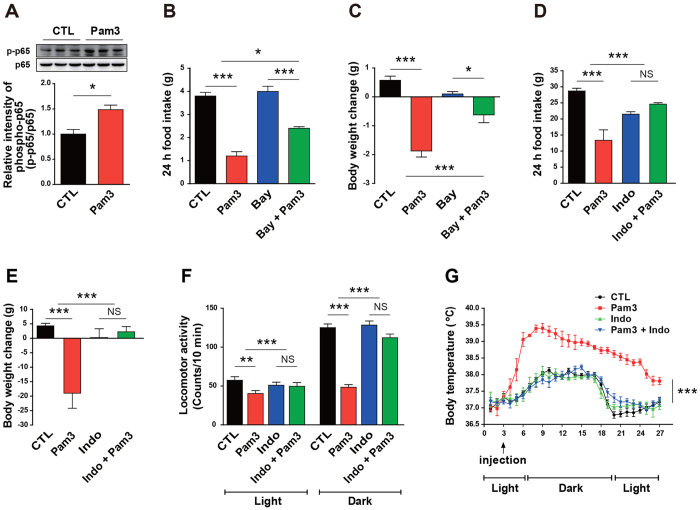Figure 4. Involvement of NF-κB and COX pathway in the TLR2-associated sickness behaviors.
Mice received an NF-κB inhibitor, Bay 11-7085 (Bay) or rats received a COX inhibitor, indomethacin (Indo), 1 h prior to icv injection of Pam3CSK4 (Pam3), a synthetic TLR2 ligand, and changes in sickness responses were monitored. (A) Hypothalamic content of phosphorylated p65, a subunit of NF-κB, was determined in 8-week-old male rats after icv injection with either vehicle (CTL) or Pam3 (n = 3 rats/group; *P < 0.05 by unpaired two-tailed Student’s t-tests). (B,C) Food intake (B) and body weight (C) were assessed in mice that were treated icv with either vehicle or Bay 1 h prior to Pam3 injection (CTL, n = 4 mice; Pam3, n = 8; Bay, n = 7; Bay + Pam3, n = 4; *P < 0.05, ***P < 0.001 by two-way ANOVA). (D–G) Changes in food intake (D), body weight (E), locomotor activity (F), and body temperature (G) were monitored in rats that were intraperitoneally injected with either vehicle or Indomethacin 1 h prior to administration of Pam3 (n = 4–6 rats/group; **P < 0.01, ***P < 0.001 by two-way ANOVA; NS, not significant). (A,D–G) Data from rat models. (B,C) Mouse models. All data are presented as mean ± s.e.m.

